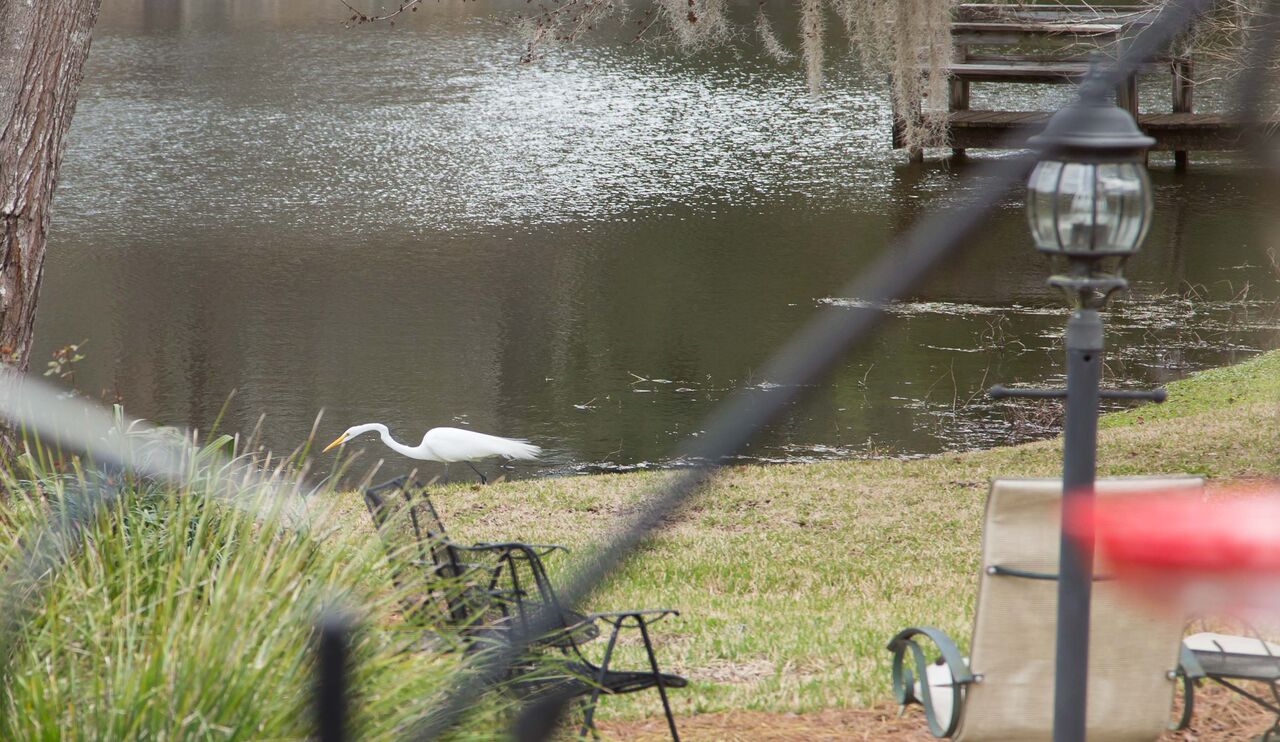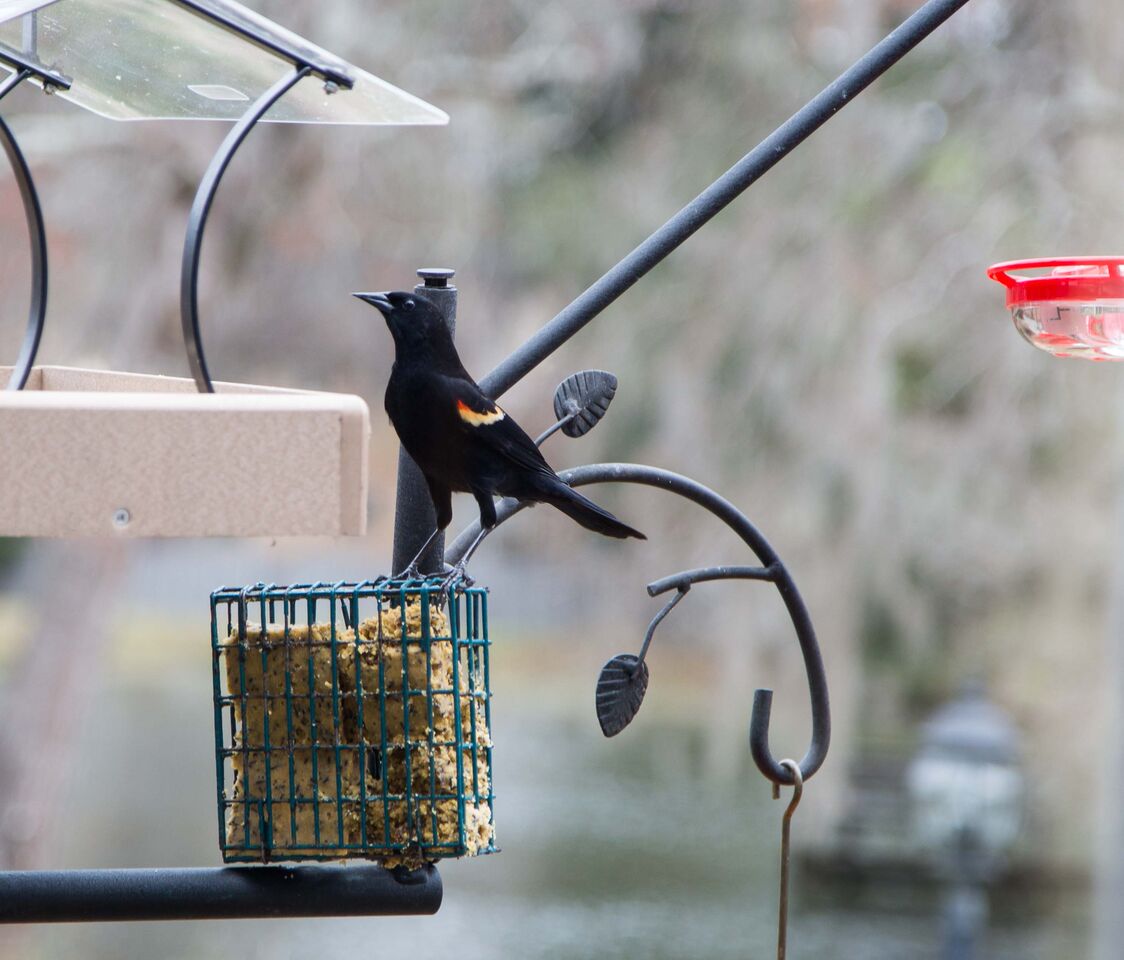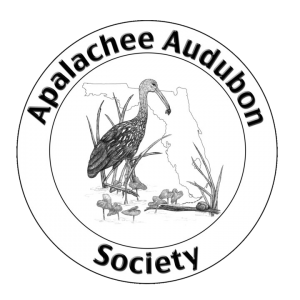HELP OUR CHAPTER'S EFFORTS ON ENVIRONMENTAL ISSUES AND EDUCATION
Every year our chapter has to renew the $10,000 it spends on our activities, which carry on our mission of protection of the environment through education, appreciation and conservation. The largest source of the renewed funds is from your donations for our Birdathon fundraising event. Please consider donating or being a Birdathon team member.
OUR ENVIRONMENTAL ACTIVITIES:
Our Board has focused this year on water issues of the Apalachicola River drainage by sponsoring speakers involved with researching the area, participating in and sponsoring the recent Apalachicola River Conference, donating to the Big Bend Environmental Forum, and funding Gulf Specimen Marine Lab efforts to save turtles rescued from the extreme cold weather. In addition, we have a presence at numerous wildlife events such as the Butterfly Festival at St. Marks Wildlife National Refuge (SMNWR), provide field trips to our members, and educate the public about environmental matters, birds, and Chapter events.
OUR EDUCATIONAL ACTIVITIES:
This year our educational efforts included financing 5 buses for public school classes to make field trips to SMNWR. For many kids, it was a first time to even see marshes and the coast. We introduced some southside kids to birding and also created an after-school bird club at Pineview Elementary School. Their staff and kids enjoy the bird feeder and butterfly garden we set-up and maintain with the help of Native Nurseries. We continue to offer elementary school teachers in four counties subscriptions to the environmental education classroom kit AUDUBON ADVENTURES. We plan to grow our educational presence in the community in 2018-2019.
BIRDATHON:
During Birdathon, usually any 24 hour period in the April spring migration season, volunteer teams try to identify as many bird species as they can. The team members secure pledges from friends and members, either per species or by fixed amount contributions. For example, a pledge of 50 cents a bird might cover the cost of one subscription to AUDUBON ADVENTURES if a team were lucky enough to identify 100 bird species. Or a flat donation of $50 would cover a subscription cost.
WHAT CAN YOU DO?
If you would like to be on a team or sponsor a team member, please contact Judy Goldman at Goldman@hep.fsu.edu. Donations may be mailed to Apalachee Audubon Society at P.O. Box 1237, Tallahassee, Fl. 32302-1237.






















